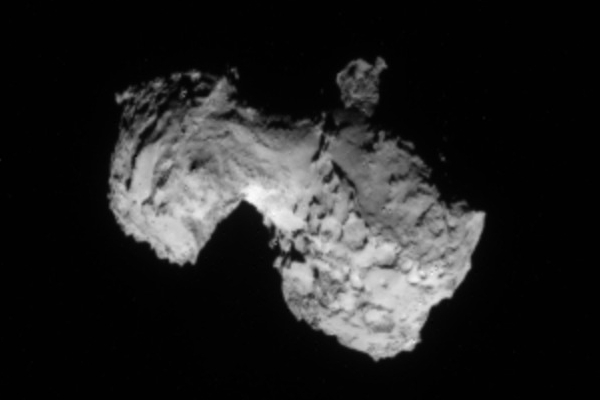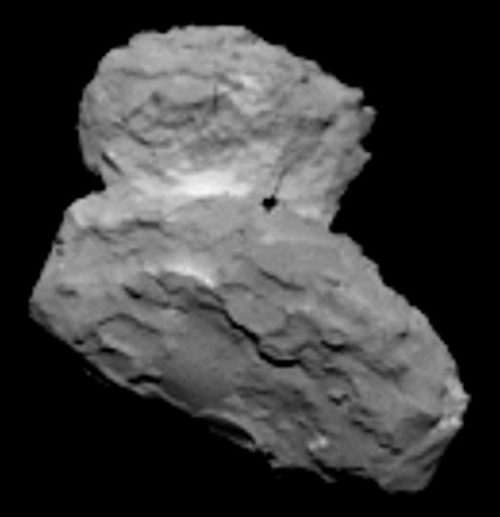U.S./Russian owned launch company ILS cuts workforce by 25%
The competition heats up: Business loses because of its recent Proton launch failures, combined with strong market competition from SpaceX, today forced International Launch Services (ILS) to cut its work force by 25%.
The company is anticipating a launch rate drop from an average of 7 to 8 missions a year down to 3 to 4. The article also noted one more additional detail that will affect the future market value of Proton:
So far in 2014, the commercial satellites ordered have been mainly at the lighter end of the market for geostationary-orbiting telecommunications spacecraft. This follows a couple of years in which heavier satellites dominated.
Commercial Proton rockets are typically used to launch heavier satellites one at a time. The market’s move to lighter spacecraft has benefited Space Exploration Technologies Corp. of Hawthorne, California, whose Falcon 9 rocket has accumulated commercial orders; and also benefited Arianespace, whose Ariane 5 heavy-lift vehicle’s lower position is reserved for smaller satellites.
The weight of commercial satellites is almost certainly going to continue to drop in the coming years as technology improves and satellite companies work to reduce the cost to launch. In that climate, the Proton’s ability to put big commercial payloads into orbit will become a liability, not an asset. Ariane 5 has the same problem, in that it still needs a big payload for its upper position in order to make a launch cost effective.
Both Falcon 9, with its very low launch costs, and Russia’s new Angara rocket, with its modular design to handle all kinds of payload sizes, are better suited to this new competitive market.
The competition heats up: Business loses because of its recent Proton launch failures, combined with strong market competition from SpaceX, today forced International Launch Services (ILS) to cut its work force by 25%.
The company is anticipating a launch rate drop from an average of 7 to 8 missions a year down to 3 to 4. The article also noted one more additional detail that will affect the future market value of Proton:
So far in 2014, the commercial satellites ordered have been mainly at the lighter end of the market for geostationary-orbiting telecommunications spacecraft. This follows a couple of years in which heavier satellites dominated.
Commercial Proton rockets are typically used to launch heavier satellites one at a time. The market’s move to lighter spacecraft has benefited Space Exploration Technologies Corp. of Hawthorne, California, whose Falcon 9 rocket has accumulated commercial orders; and also benefited Arianespace, whose Ariane 5 heavy-lift vehicle’s lower position is reserved for smaller satellites.
The weight of commercial satellites is almost certainly going to continue to drop in the coming years as technology improves and satellite companies work to reduce the cost to launch. In that climate, the Proton’s ability to put big commercial payloads into orbit will become a liability, not an asset. Ariane 5 has the same problem, in that it still needs a big payload for its upper position in order to make a launch cost effective.
Both Falcon 9, with its very low launch costs, and Russia’s new Angara rocket, with its modular design to handle all kinds of payload sizes, are better suited to this new competitive market.



